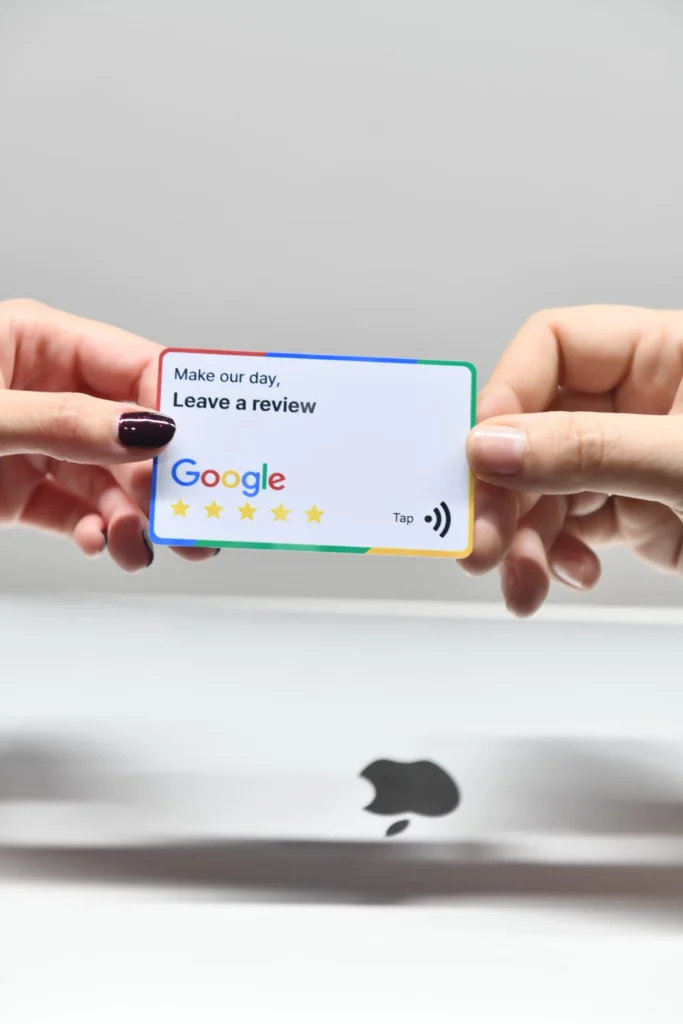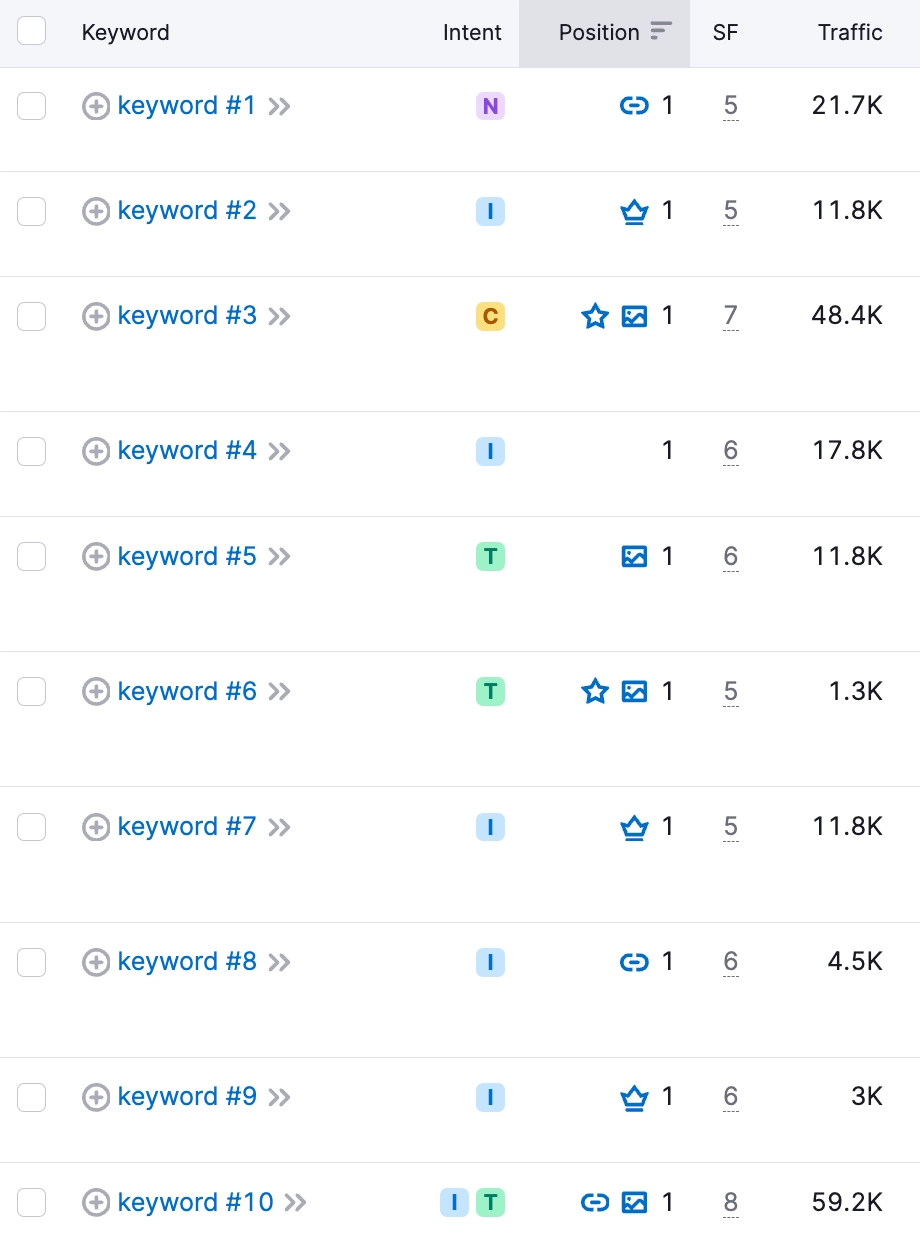What is Conversion Rate?
When you launch a marketing or web marketing campaign, what is the goal you’re trying to achieve? Presumably, you want to encourage people to take the action that interests you, whether that’s making a purchase, subscribing, scheduling an appointment, and so on.
The type of conversion used in calculating the Conversion Rate depends on your campaign objectives and tracking capabilities. As a result, the Conversion Rate is typically calculated concerning the “purchase” conversion.
The Conversion Rate is a metric that measures the ratio of individuals who took the action of your choice to the total number of individuals touched by your marketing campaign.
The Conversion Rate is what’s known as a KPI, or Key Performance Indicator.
Note that before calculating your Conversion Rate, it may be interesting, and important, to calculate the Engagement Rate.
Why do you need to calculate your Conversion Rate?
To conduct effective marketing campaigns, it’s necessary to track performance daily. This allows you to make any required modifications.
Indeed, calculating the Conversion Rate allows you to determine whether your advertising campaigns are relevant and profitable. You can implement an A/B testing method to determine which of your campaigns achieves the best Conversion Rate.
The objective is to ensure that your marketing efforts have a real impact on your revenue.
Calculation of Conversion Rate
To calculate the Conversion Rate, simply divide the number of people who took the action of your choice by the number of visits. We’ll multiply this number by 100 to obtain a percentage and better clarity.
Here’s an example, with “purchase” as the chosen conversion:
Following an advertising campaign, you saw an increase in visits to your website. You also noticed that your number of customers has increased.
Today, your website has recorded 1,000 visits and 150 purchases.
To calculate the Conversion Rate, we get: (150 / 1,000) x 100 = 15%
Another example:
You conducted an email campaign to promote your services. As a result, you sent an email to 10,000 people, and 900 of them subscribed to your newsletter to receive notifications about your services and future discounts.
The conversion here is the newsletter subscription, not the purchase. This gives us a Conversion Rate of (900 / 10,000) x 100 = 9%.
What is considered a good conversion rate?
Now that you know how to calculate Conversion Rate, it’s important to know how to interpret it!
It’s impossible to give a single interpretation of a rate just by looking at it.
Each Conversion Rate calculation is done in a specific context, and it is this context that determines the interpretation that should be drawn from it.
What you need to understand is that a Conversion Rate of 2% does not have the same value in Context A and Context B.
If your business is selling luxury cars, then a Conversion Rate of 2% is a very good Conversion Rate! However, if your business is selling small electronic items, then a Conversion Rate of 2% is an average rate.
Also, if your business is subject to seasonality, it is normal for your Conversion Rate to explode during your peak period compared to the rest of the year.
In short, to interpret your Conversion Rate, it is essential to use common sense by taking into account your products, prices, and business activity.
The best way to interpret your Conversion Rate is to compare it with that of your previous campaigns. And, if possible, compare your Conversion Rate with that of other players in your market.
How to Increase Conversion Rate?
Increasing the conversion rate is a crucial goal for any business that wants to grow its customer base and revenue. Here are some effective strategies that can help you increase your conversion rate:
Develop the habit of testing
Many businesses create conversion rate optimization (CRO) plans but fail to follow through. To improve your conversion rate, it’s important to make CRO a habit. Set aside time for CRO, incorporate it into your schedule, and create goals for achieving a higher conversion rate.
Experiment with different calls to action
Your offer plays a critical role in whether a user converts. Try out various words, phrases, and CTAs. Brainstorm different offers and CTAs that can have a noticeable impact on your conversion rates. Incorporate specific features of your product or service into your offer.
Conduct big tests to earn big results
Small tests like changing a button’s color or increasing a font size usually have a small impact on your conversion rate. To achieve significant changes, conduct big conversion rate optimization tests such as updating a page design. This will change the user experience and could lead to a significant increase in your conversion rate.
Conclusion
In conclusion, calculating your Conversion Rate is a crucial part of measuring the success of your marketing campaign. It helps you track your progress and make necessary adjustments to improve your revenue. However, it’s important to remember that a good Conversion Rate varies depending on your business context and the channel you’re using. Comparing your Conversion Rate with that of previous campaigns and other players in your market can give you a better understanding of what to aim for. Striving towards a double-digit conversion rate can help your business achieve the average conversion rate for various channels and even improve it further. To increase your Conversion Rate, developing the habit of testing, experimenting with different calls to action, and conducting big tests are effective strategies to achieve noticeable results.




